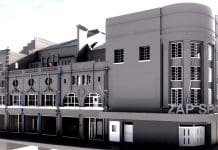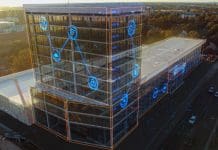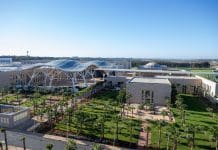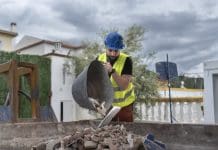Nathan Sykes, tech writer for Kolabtree, discusses the role of data science in smart cities and how urban planners depend on data to learn about housing trends and transportation habits
Urban planners depend on data to learn about housing trends, transportation habits, the most frequently used areas and more. Entire smart cities are based on data science and IoT and it won’t be long before data is the primary element that helps officials make decisions about citizens and their needs ― in some places, it’s already happening.
The link between data science and smart cities is getting stronger by the day, allowing us to build cities that are not just smart but safer and friendlier.
Although modern society has some extremely robust big data platforms, they often fail to provide the context needed to determine the full meaning of statistics. For example, a noise sensor might show an extraordinary amount of loudness on a certain date and big data analytics could confirm that the noise issues have never been quite so extreme previously.
However, what impact does it have on citizens, and how can city representatives find that out unless citizens used a platform that allowed residents to weigh in on how the sounds they heard adversely affected their lives? The technique of blending statistical insights with context collectively results in thick data.
Residents of Plaça del Sol in Barcelona were approached in 2017 by activists looking to use technology to spur positive change: in this case, to control the noise levels in the neighbourhood. They needed participants for a project titled Making Sense, funded by the European Commission. The goal was to give people noise sensors they could use to measure levels of sound pollution in their area, compare the readings to established permissible levels and use the data to put pressure on city representatives to make improvements. The dozens of people who took part in the project periodically met face to face in a workshop space to collectively figure out how to bring about solutions. Those gatherings turned noise issues into a group concern, not just one grumbled about by individuals in their homes. The data collected is being used to measure and analyse the problem and find sensible solutions to it.
Data sharing could present new opportunities
Some people who analyse the potential for data usage in cities point out that it’ll be significantly easier to meet goals if planners share information with other officials elsewhere. Then, they’ll be able to see whether the things they’re doing are working as well as they should or if different cities came up with superior methods.
Such collaborations could become easier thanks to a March 2018 development involving a framework released by The Alliance for Telecommunications Industry Solutions (ATIS). The information suggests ways for cities to develop their data sharing ecosystems and facilitate secure transfers of the Internet of Things (IoT) data between trusted parties. It’s also part of a broader effort by ATIS representatives to encourage city representatives to explore ways to utilise and monetise data.
Open data and smart cities
Although some kinds of confidential data must remain secure and only be viewed by authorised representatives, some cities are also experimenting with open data. Not surprisingly based on the name, it’s data that’s accessible for anyone to see and use regardless of restrictions.
Officials in London released over 80 open feeds for Transport For London (TfL) data. In turn, developers reportedly added select content to more than 600 apps used by 42% of Londoners. The decision to offer open data gave a substantial economic boost to the city, but it has educational purposes as well. Some beginning coders and school programs use the data to stimulate learning.
Data as fuel to the economy
The rising prominence of data collection in cities also creates business opportunities for forward-thinking start-up companies that figure out how to appeal to the needs and challenges city planners face.
One of them is a San Francisco-based company called Compology. It uses IoT sensors on city-owned trash collection containers that detect fullness levels and signal to garbage truck companies when it’s time to empty them.
According to Compology, such an approach could cut waste management costs by 40%. Plus, the company doesn’t require city officials to replace their existing bins. Instead, they can simply attach the sensors to the containers they already have, allowing technology usage via an investment that’s less than some people might expect.
Smart cities aren’t actually very intelligent if data analysis isn’t part of the equation. Information helps city officials choose areas of focus and highlight areas for improvement. Even though smart city data uses are still emerging, the amount of progress already made and the potential for the future are both immensely hopeful.
Nathan Sykes
Tech writer














